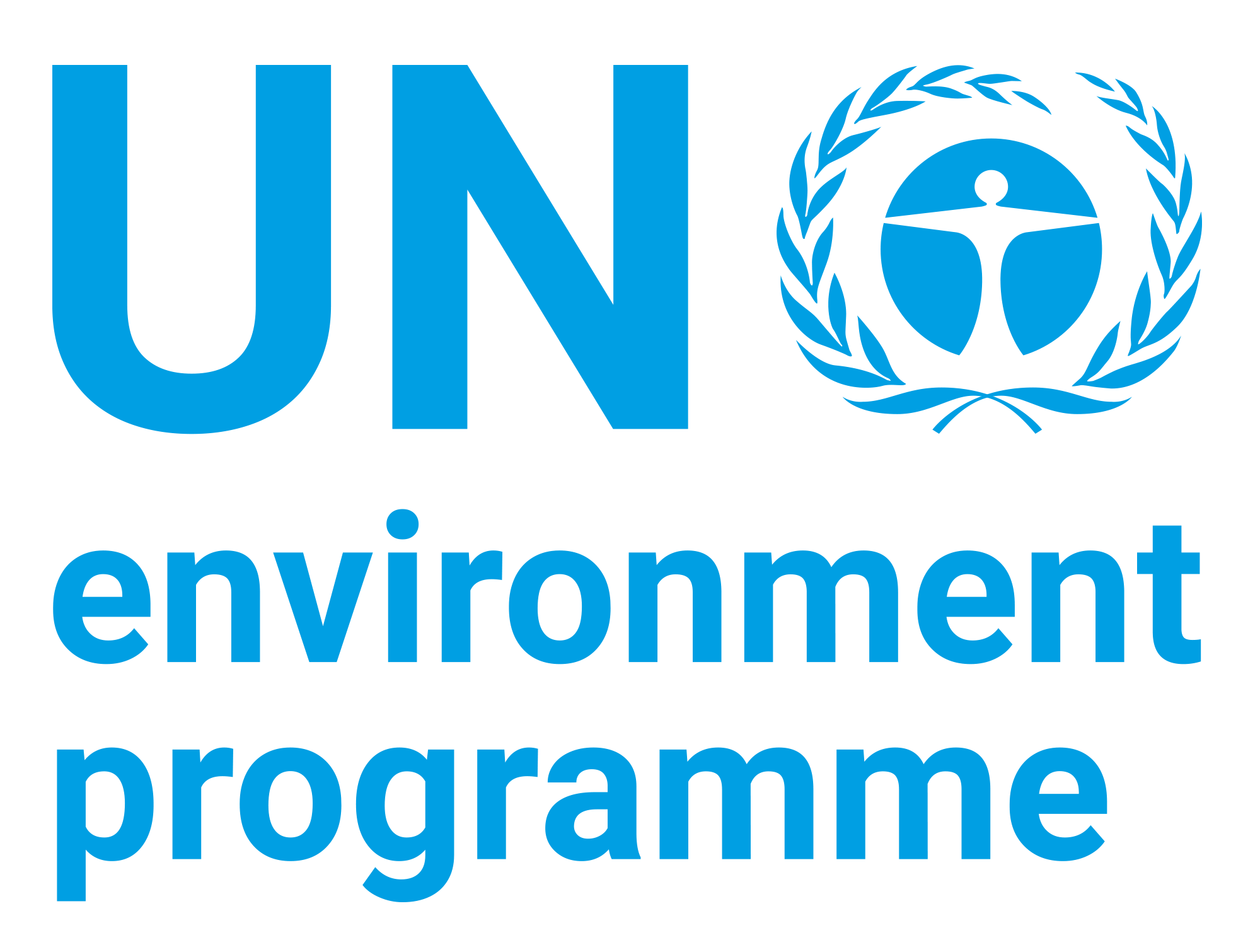Global International Waters Assessment: Indonesian Seas, GIWA Regional Assessment 57

Date
2005Author
United Nations Environment Programme
Citation Tool
Bibliographic Managers
RT Generic T1 Global International Waters Assessment: Indonesian Seas, GIWA Regional Assessment 57 A1 United Nations Environment Programme YR 2005 LK https://wedocs.unep.org/20.500.11822/8812 PB United Nations Environment Programme (UNEP), GEF, University of Kalmar, Sweden AB TY - GEN T1 - Global International Waters Assessment: Indonesian Seas, GIWA Regional Assessment 57 AU - United Nations Environment Programme Y1 - 2005 UR - https://wedocs.unep.org/20.500.11822/8812 PB - United Nations Environment Programme (UNEP), GEF, University of Kalmar, Sweden AB - @misc{20.500.11822_8812 author = {United Nations Environment Programme}, title = {Global International Waters Assessment: Indonesian Seas, GIWA Regional Assessment 57}, year = {2005}, abstract = {}, url = {https://wedocs.unep.org/20.500.11822/8812} } @misc{20.500.11822_8812 author = {United Nations Environment Programme}, title = {Global International Waters Assessment: Indonesian Seas, GIWA Regional Assessment 57}, year = {2005}, abstract = {}, url = {https://wedocs.unep.org/20.500.11822/8812} } TY - GEN T1 - Global International Waters Assessment: Indonesian Seas, GIWA Regional Assessment 57 AU - United Nations Environment Programme UR - https://wedocs.unep.org/20.500.11822/8812 PB - United Nations Environment Programme (UNEP), GEF, University of Kalmar, Sweden AB -View/Open
Item Statistics
Display item statisticsMetadata
Show full item recordDescription
This report presents the GIWA assessment of the Indonesian Seas region, which comprises some 18 000 islands, is geologically and topographically diverse, and lies at the global centre of tropical marine biodiversity. The region supports a rapidly growing coastal population, and has rapidly deteriorating marine ecosystems with the likely imminent collapse of many of its coral reef-associated and pelagic fish populations. Unsustainable exploitation of living resources has caused severe environmental and socio-economic impacts across much of the region, and the major transboundary influence of the live food fish and aquarium trades, particularly poison fishing using cyanide, are further discussed. The causal chain analysis discusses the root causes of destructive fishing practices by investigating the cause-effect pathways of the issue. Policy options are analysed in order to enhance the management and improve the environmental quality of the region’s aquatic environment.
Collections
Document Viewer
To read more, scroll down below.
Related items
Showing items related by title, author, creator and subject.
-
Northern Ireland Environmental Statistics Report, January
The Northern Ireland Environment Agency (NIEA); Central Statistics and Research Branch (CSRB) (The Northern Ireland Environment Agency (NIEA)Central Statistics and Research Branch (CSRB), 2009)In January 2009 a new ‘Northern Ireland Environmental Statistics Report,’ was launched. This report follows on from ‘Our Environment, Our Heritage, Our Future: State of the Environment Report for Northern Ireland’ which ... -
Seychelles in figures - 2013 edition
National Bureau of Statistics - Seychelles (National Bureau of Statistics - Seychelles, 2013)The Republic of Seychelles consists of over 116 islands scattered over 1 million square kilometres of sea in the middle of the Western Indian Ocean. The Seychelles archipelago is divided into two distinct collections: the ... -
State of the Environment Report - 2010 - Uganda
Uganda, National Environment Management Authority (National Environment Management Authority (NEMA) - Uganda, 2010)The State of the Environment 2010 with the theme, “environment sustainability and health” is an integrated assessment of the state and trends of key environmental resources including land, fresh water and aquatic resources, ...




